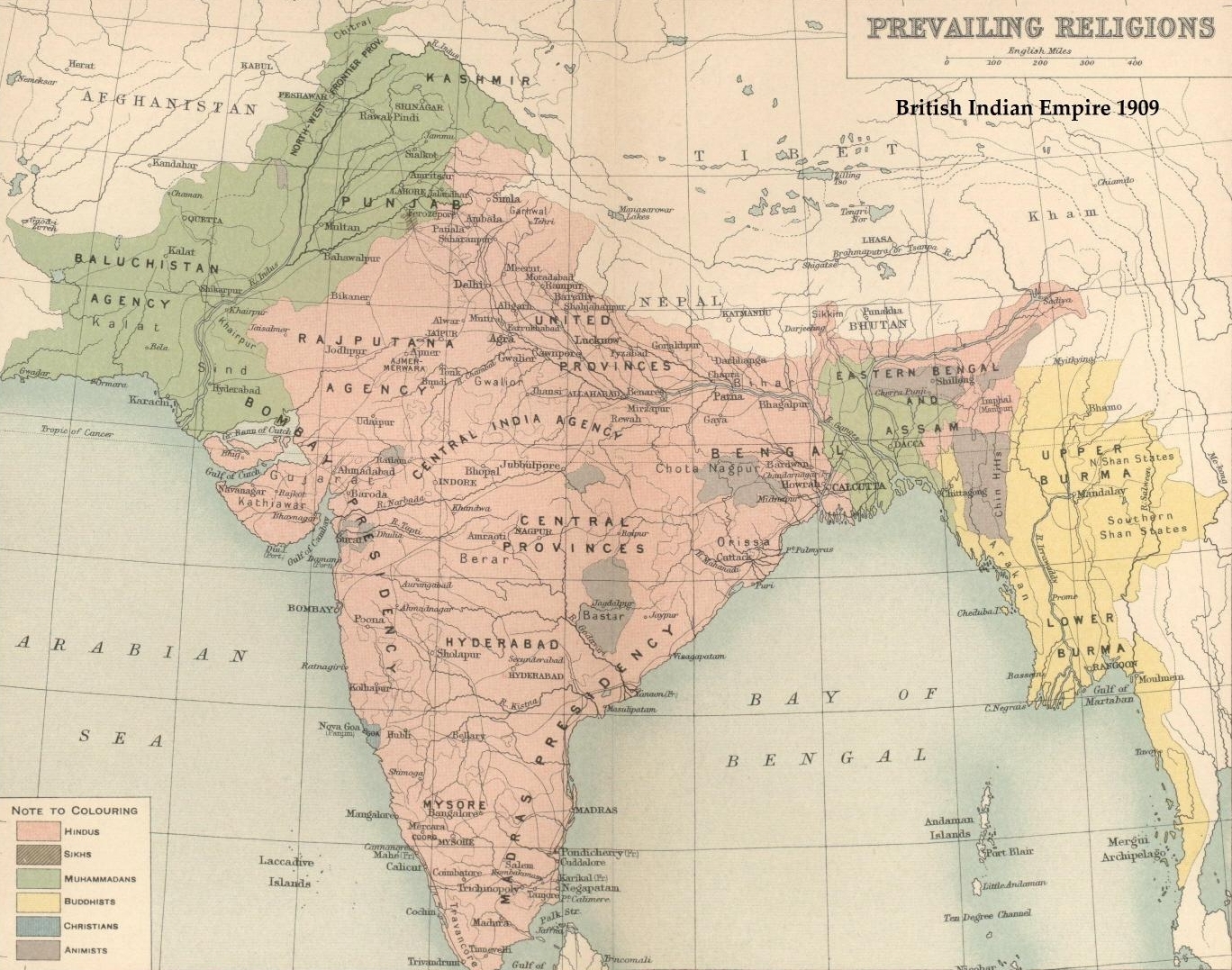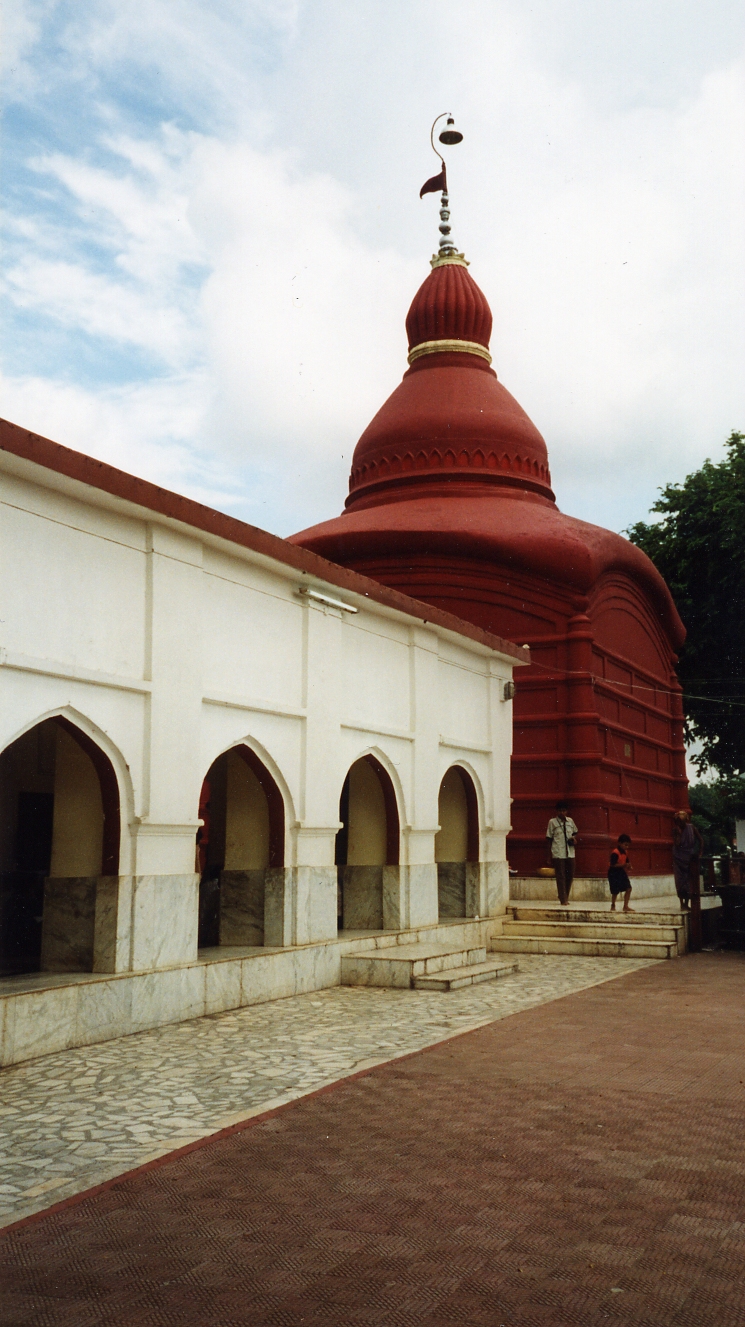|
Fatickchari
Fatikchari( bn, ফটিকছড়ি, Fôṭikchhôṛi) is an upazila of Chattogram District in Chattogram Division, Bangladesh. History The Fatikchhari Jami al-Uloom Fazil Madrasa and the Jamia Arabia Nasirul Islam Madrasa were founded in 1904 and 1912 respectively, transforming Fatikchhari into an important site of spiritual activities in the country. During the British colonial period, a thana was formed in Fatikchhari in 1918. In 1928, the Nanupur Sunnia Madrasa was established. During the Bangladesh Liberation War, a training camp was founded in Fatikchhari by Mustafizur Rahman Siddiqi, Ziaur Rahman and Zonal Commander Mirza Abu Mansur in March 1971. Bengali freedom fighters around Chittagong that used to go to India for training purposes would return through there and Fatikchhari alone was home to roughly 1500 Bengali freedom fighters. Thus Fatikchhari was regarded as the ''gateway to freedom fighters''. Subsequently, the Abu Subhan School playground in Nanupur became ... [...More Info...] [...Related Items...] OR: [Wikipedia] [Google] [Baidu] |
Upazilas Of Bangladesh
An ''upazila'' ( bn, উপজেলা, upôzela, lit=sub-district pronounced: ), formerly called ''thana'', is an administrative region in Bangladesh, functioning as a sub-unit of a district. It can be seen as an analogous to a county or a borough of Western countries. Rural upazilas are further administratively divided into union council areas (union parishads). Bangladesh ha495 upazilas(as of 20 Oct 2022). The upazilas are the second lowest tier of regional administration in Bangladesh. The administrative structure consists of divisions (8), districts (64), upazilas (495) and union parishads (UPs). This system of devolution was introduced by the former military ruler and president of Bangladesh, Lieutenant General Hossain Mohammad Ershad, in an attempt to strengthen local government. Below UPs, villages (''gram'') and ''para'' exist, but these have no administrative power and elected members. The Local Government Ordinance of 1982 was amended a year later, redesignatin ... [...More Info...] [...Related Items...] OR: [Wikipedia] [Google] [Baidu] |
Bangladesh Liberation War
The Bangladesh Liberation War ( bn, মুক্তিযুদ্ধ, , also known as the Bangladesh War of Independence, or simply the Liberation War in Bangladesh) was a revolution and War, armed conflict sparked by the rise of the Bengali nationalism, Bengali nationalist and self-determination movement in East Pakistan, which resulted in the independence of Bangladesh. The war began when the Pakistani Military dictatorship, military junta based in West Pakistan—under the orders of Yahya Khan—launched Operation Searchlight against the people of East Pakistan on the night of 25 March 1971, initiating the 1971 Bangladesh genocide, Bangladesh genocide. In response to the violence, members of the Mukti Bahini—a guerrilla resistance movement formed by Bengali military, paramilitary and civilians—launched a mass Guerrilla warfare, guerrilla war against the Pakistani military, liberating numerous towns and cities in the initial months of the conflict. At first, the Pakis ... [...More Info...] [...Related Items...] OR: [Wikipedia] [Google] [Baidu] |
Manikchhari Upazila
Manikchari ( bn, মানিকছড়ি) is an upazila of Khagrachari District in the Division of Chittagong, Bangladesh. Geography Manikchari is located at . It has 8,218 households and total area 168.35 km2. Demographics As of the 1991 Bangladesh census, Manikchari has a population of 38,479. Males constitute 52% of the population, and females 48%. The adult(18+) population is 19,539. Manikchari has an average literacy rate of 20.4% (7+ years), and the national average of 32.4% literate. Administration Manikchhari Upazila is divided into four union parishads: Batnatali, Jogyachola, Manikchari, and Tintahari. The union parishads are subdivided into 12 mauzas and 160 villages. See also *Upazilas of Bangladesh An ''upazila'' ( bn, উপজেলা, upôzela, lit=sub-district pronounced: ), formerly called ''thana'', is an administrative region in Bangladesh, functioning as a sub-unit of a district. It can be seen as an analogous to a county or a ... * Districts ... [...More Info...] [...Related Items...] OR: [Wikipedia] [Google] [Baidu] |
Ramgarh Upazila
Ramgarh ( bn, রামগড়) is an upazila of Khagrachari District in the Division of Chattogram Division, Chattogram, Bangladesh. History This was part of ancient Pundra Kingdom. During the Indo-Pakistani War of 1971 for the Bangladesh Liberation War, liberation of Bangladesh, when Pakistan Army created the 91st ''ad hoc'' brigade as part of the 39th Division to hold on to this area and to defend north of Chittagong, but these ''ad hoc'' formations lacked the staff and equipment of regular formations. Pakistan Army's 93,000 troops unconditionally surrendered to the Indian Army and India's local ally Mukti Bahini on 16 December 1971. This day and event is commemorated as the Victory Day (Bangladesh), Bijoy Dibos ( bn, বিজয় দিবস) in Bangladesh and Vijay Diwas (India), Vijay Diwas in India. Geography Ramgarh is located at . It has 9,304 households and total area 240.87 km2. Demographics As of the 1991 Bangladesh census, Ramgarh has a population of 44 ... [...More Info...] [...Related Items...] OR: [Wikipedia] [Google] [Baidu] |
Rangamati District
Rangamati Hill District ( Chakma:𑄢𑄋𑄟𑄖𑄴𑄳𑄠 ;) is a district in south-eastern Bangladesh. It is a part of the Chattogram Division, and the town of Rangamati serves as the headquarters of the district. By area, Rangamati is the largest district of the country. Geography Rangamati is located in the Chittagong Division. It is bordered by the Tripura state of India to the north, Bandarban District to the south, Mizoram State of India and Chin State of Myanmar to the east, and Khagrachari and Chittagong Districts to the west. Rangamati is the only district in Bangladesh with international borders with two countries: India and Myanmar. The area of the district is 6116 km2 of which 1292 km2 is riverine and 4825 km2 is under forest vegetation. History Rangamati was a contesting ground for the kings of Tripura and Arakan. It was known as ''Reang/Riang Country'' before East India Company came. This region came under the Mughal Empire after the Muslim ... [...More Info...] [...Related Items...] OR: [Wikipedia] [Google] [Baidu] |
Kawkhali Upazila, Rangamati
Kawkhali ( bn, কাউখালী ) is an Upazila of Rangamati District in the Division of Chittagong, Bangladesh. Demographics This Kawkhali has a population of 42,409. Males constitute 53.91% of the population, and females 46.09%. Kawkhali has an average literacy rate of 27.7%, against the national average of 32.4% literate. Administration Kawkhali Upazila is divided into four union parishads: Betbunia, Fatikchhari, Ghagra, and Kalampati. The union parishads are subdivided into 11 mauzas and 149 villages. See also * Upazilas of Bangladesh An ''upazila'' ( bn, উপজেলা, upôzela, lit=sub-district pronounced: ), formerly called ''thana'', is an administrative region in Bangladesh, functioning as a sub-unit of a district. It can be seen as an analogous to a county or a ... * Districts of Bangladesh * Divisions of Bangladesh References Upazilas of Rangamati Hill District {{Chittagong-geo-stub ... [...More Info...] [...Related Items...] OR: [Wikipedia] [Google] [Baidu] |
Hathazari Upazila
Hathazari ( bn, হাটহাজারী) is an upazila of Chattogram District in Chattogram Division, Bangladesh. Geography Hathazari is located at . It has 52,594 households and a total area of 251.28 km2. The main river is Halda. It is surrounded by Fatikchhari Upazila on the north, Panchlaish Thana and Chandgaon Thana on the south, Raozan Upazila on the east and Sitakunda Upazila on the west. History Part of the ancient kingdom of Harikela, 36 thin bull-and-triglyph silver coins were discovered inside a little clay pot in Hathazari's Jobra village in July 1980. All, except one, mentioned the kingdom of Harikela. The Kingdom of Mrauk U built numerous mudforts in present-day Hathazari. In the fifteenth century, the Sultan of Bengal Shamsuddin Yusuf Shah had a mosque constructed in Dewannagar mouza which is now known as Faqir Mosque. During an expedition against the Arakanese in the early 16th century, Prince Nasiruddin Nasrat Shah passed through the area where he du ... [...More Info...] [...Related Items...] OR: [Wikipedia] [Google] [Baidu] |
Tripura
Tripura (, Bengali: ) is a state in Northeast India. The third-smallest state in the country, it covers ; and the seventh-least populous state with a population of 36.71 lakh ( 3.67 million). It is bordered by Assam and Mizoram to the east and by Bangladesh to the north, south and west. Tripura is divided into 8 districts and 23 sub-divisions, where Agartala is the capital and the largest city in the state. Tripura has 19 different tribal communities with a majority of the Bengali population. Bengali, English and Kokborok are the state's official languages. The area of modern Tripura — ruled for several centuries by the Manikya Dynasty — was part of the Tripuri Kingdom (also known as Hill Tippera). It became a princely state under the British Raj during its tenure, and acceded to independent India in 1947. It merged with India in 1949 and was designated as a 'Part C State' ( union territory). It became a full-fledged state of India in 1972. Tripura lies in a geographic ... [...More Info...] [...Related Items...] OR: [Wikipedia] [Google] [Baidu] |
Halda River
Halda River is a river in south-eastern Bangladesh. It originates at the Badnatali Hill Ranges in Ramgarh Upazila in the Chittagong Hill Tracts, flows through Fatikchhari Upazila, Bhujpur Thana, Hathazari Upazila, Raozan Upazila and Chandgaon Thana of the Chittagong Metropolitan City, and falls into the Karnaphuli River. The river has a very turbulent tributary, the Dhurung River, which joins Purba Dhalai about downstream. The river is navigable by big boats from its mouth up to Nazir Hat, and by small boats further up to Narayanhat. The Halda averages in depth and is at its deepest point. The Halda river is also famous for breeding pure Indian carp. This is the only pure Indian carp breeding field of Bangladesh, perhaps in South Asia. See also *List of rivers in Bangladesh Bangladesh is a riverine country. According to Bangladesh Water development board (BWDB) about 230 rivers currently flow in Bangladesh (during summer and winter), although the number stated are a ... [...More Info...] [...Related Items...] OR: [Wikipedia] [Google] [Baidu] |
Chittagong Hill Tracts
The Chittagong Hill Tracts ( bn, পার্বত্য চট্টগ্রাম, Parbotto Chottogram), often shortened to simply the Hill Tracts and abbreviated to CHT, are group of districts within the Chittagong Division in southeastern Bangladesh, bordering India and Myanmar (Burma). Covering , they formed a single district until 1984, when they were divided into three districts: Khagrachari District, Rangamati Hill District, and Bandarban District. Topographically, the Hill Tracts are the only extensively hilly area in Bangladesh. It was historically settled by many tribal refugees from Burma Arakan in 16th century and now it is settled by the Jumma people. Today, it remains one of the least developed parts of Bangladesh. The Chittagong Hill Tracts along with Ladakh, Sikkim, Tawang, Darjeeling, Bhutan and Sri Lanka, constitute some of the remaining abodes of Buddhism in South Asia. Geography The Chittagong Hill Tracts (CHT), the only extensive hilly area in Bangl ... [...More Info...] [...Related Items...] OR: [Wikipedia] [Google] [Baidu] |
Sitakunda
Sitakunda or Sitakunda Town ( bn, সীতাকুণ্ড শহর) is an administrative centre and the sole municipality (''Paurashava'') of Sitakunda Upazila in Chattogram District, located in Chattogram Division, Bangladesh. Sitakunda is famous for the Chandranath Temple and Hindus temple. There is a hot water spring 5 km to the north of the town. Administration The Sitakunda town has 9 wards divided into 22 mahallas, and a population of 36,650 distributed to 6,914 units of households (average household size 5.3), including 18,662 men and 17,988 women (the male:female ratio is 104:100). The most notable mahallas of the town are Yakubnagar, Nunachara, Mohadebpur, Sobanbagh, Bhuiyan Para, Chowdhury Para (also known as Premtala), Moulvi Para, Amirabad, Edilpur and Shibpur. Shafiul Alam is the mayor of the town, gaining a landslide win over his nearest contender M Abul Kalam Azad in the 2008 mayoral election.News Desk,AL beats BNP in 8 of 9, ''The Independent'' (Dha ... [...More Info...] [...Related Items...] OR: [Wikipedia] [Google] [Baidu] |




.jpg)

